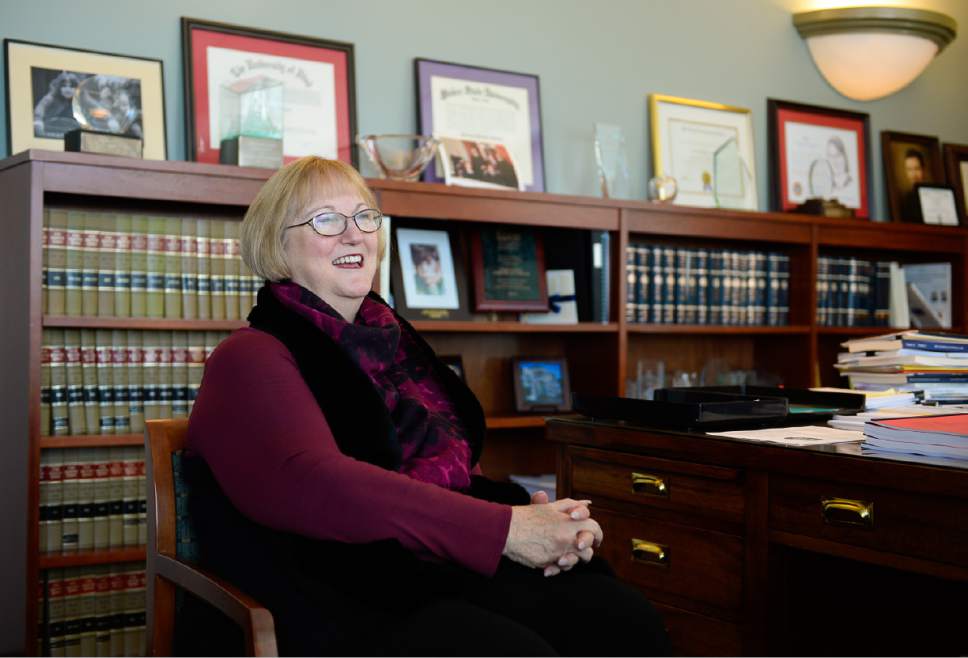This is an archived article that was published on sltrib.com in 2017, and information in the article may be outdated. It is provided only for personal research purposes and may not be reprinted.
"I alone cannot change the world, but I can cast a stone across the waters to create many ripples."
— Mother Teresa
Utah's legal world has its own Mother Teresa, and her name is Justice Christine M. Durham. She is an example of excellent scholarship, hard work and kindness to every lawyer in the state.
Durham, who recently announced her retirement from Utah's Supreme Court, has been the most influential agent of change in the Utah judiciary for the past 39 years.
It's difficult to summarize Durham's considerable contributions. She was the first female state trial court judge, appointed in 1978. She was then the first woman appointed to the Utah Supreme Court, in 1982. In 2002 she was the first female Utah Supreme Court chief justice. During this same time period she raised four kids with her husband, who is a doctor. She is an American Bar Association Fellow and a member of the Council of the American Law Institute, entrusted to develop uniform laws used as models across the country. Durham's achievements alone could literally fill this 400-word editorial.
In short, the Utah judiciary is well-known as the "best organized, most efficient, and best managed" in large part because of Durham's leadership and innovation. But with regard to women in the law, we aren't returning the favor.
In 2016, only 25 percent of state court judges in Utah were women. Yet women comprise 50 percent of Utah's population. The 4th District Judicial Nominating Commission recently nominated four lawyers for one vacant judicial position. None of those four lawyers was a woman. Last year, that same commission nominated seven attorneys for two vacancies. None of those attorneys was a woman. If there are no women nominees, there can be no women judges.
Just this past legislative session the Utah House passed a bill that removed considering gender and diversity for judicial applicants when all other qualifications were equal. Luckily this bill died in the Senate.
For their part, the Appellate Judicial Nominating Commission nominated four women out of seven applicants to fill two vacancies on the Utah Court of Appeals last year. The governor appointed one woman and one man from that group. The commission is currently reviewing applicants for an upcoming vacancy. If the governor appoints a woman, it will be the first time in Utah history that women comprise the majority on the Utah Court of Appeals.
That would be an appropriate farewell to Justice Durham, a Utah pioneer in the best sense.



